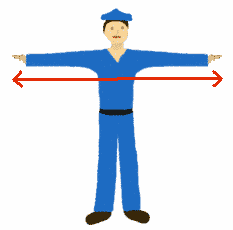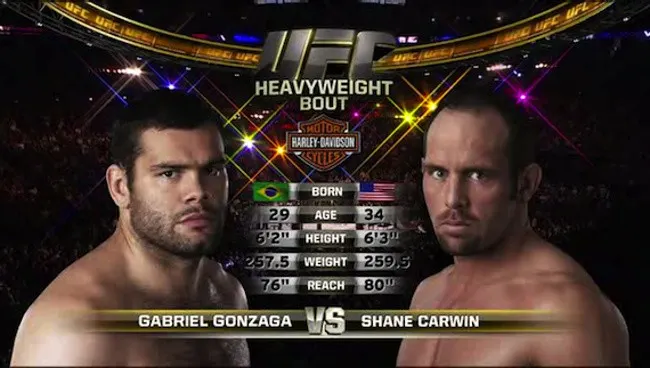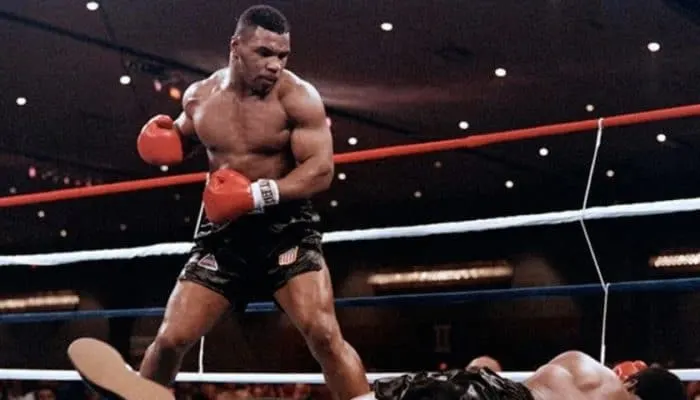
In MMA and UFC fights, the term “reach advantage” is commonly used. However, it may not be clear what reach actually means in this context or why it is significant. This article will explain the meaning of reach and how it is measured in MMA and UFC fights.
What is Reach and How it’s Measured
In MMA/UFC, a fighter’s reach is the total length of their two arms. To measure reach, the fighter stands with arms extended out to the side like a cross, and the distance from one middle fingertip to the other is measured in inches. This technique is widely used and considered the most traditional way to measure reach in boxing as well. Another term for reach is wingspan.

Why Is Reach Important in MMA/UFC?
When it comes to MMA fighting, having a longer reach gives an advantage because a fighter can strike their opponent from a greater distance. However, a fighter with a shorter reach must get closer to land their punches accurately on their opponent’s target.
This means that shorter reach fighters must put in more effort and strategy to close the distance and land punches. In contrast, fighters with longer reach can stay at a safe distance and avoid getting hit by their opponent’s punches.
Have you ever questioned the reason behind displaying the “tale of the tape” before every UFC match, which includes the fighters’ reach? It’s because having a longer reach is considered a significant physical advantage in MMA fights.

Can a Fighter With a Short Reach Succeed in Combat Sports?
It is possible to excel in combat sports even if you have a short reach. A long reach does not necessarily guarantee victory in a fight. Having a longer reach only provides a physical advantage and does not necessarily translate into having a skill advantage.
Take the example of boxing legend Mike Tyson, who had a short reach yet managed to knock out many of his taller opponents with longer reaches during his prime.

Tyson may have had a shorter reach, but his speed and agility compensated for it, making him a very formidable opponent. With lightning-fast movements, he made it difficult for his rivals to land a blow, even if they had a longer reach than him. Additionally, his opponents found it challenging to dodge his rapid punches, despite their longer arms.
Final Thoughts
Having a longer reach is a physical advantage for a fighter. But if the fighter is not skilled in fighting because they don’t know how to utilize their long reach to their advantage, the long reach doesn’t mean anything in combat sports.
For this reason, even if you have a longer reach advantage, you must still learn how to utilize your physical advantage best. Conversely, if you have a short reach, train smarter by improving your speed and agility, which will overcome your opponent’s physical advantage.
Therefore, it’s important to remember that fighting is a complex game with many variables. No advantage is a 100 percent advantage.

Leave a comment